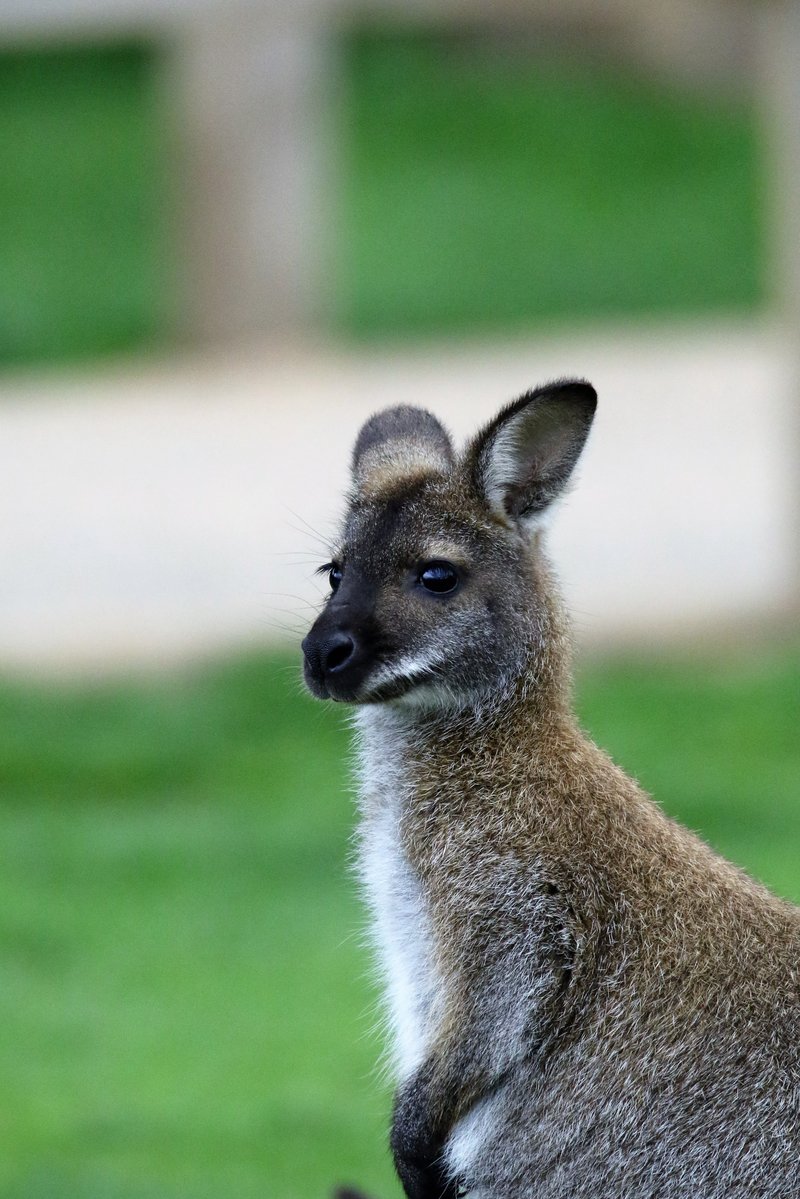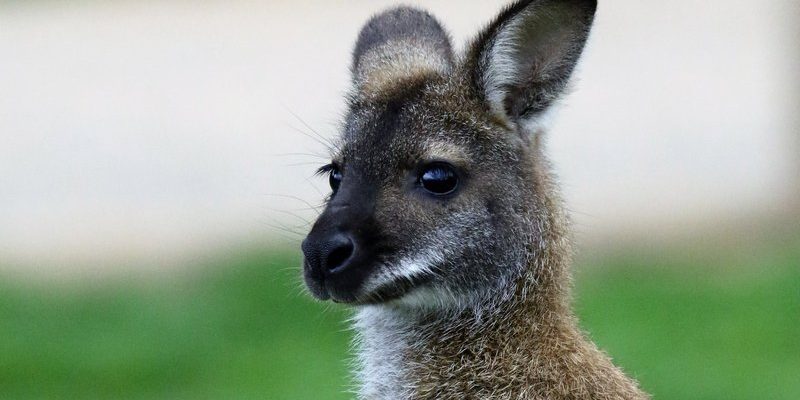
So, what’s going on with wallabies? Imagine a beautiful garden you visit often. Now, picture that garden losing its plants and flowers, making it less vibrant and less inviting over time. The wallaby’s plight is a bit like that garden. Their habitat is getting squeezed by various factors, and understanding the reasons behind this helps us see how we can lend a hand in conservation efforts. Let’s dig deeper into the world of wallabies and explore what’s putting them at risk and what we can do about it.
Understanding Wallaby Species and Their Habitats
There are several species of wallabies, each with unique traits and habitats. From the small, agile **Black-flanked Rock-wallaby** to the more common **Swamp Wallaby**, each species has adapted to its surroundings in fascinating ways. For instance, while some wallabies enjoy the dry, rocky areas, others find their homes in moist forests or grasslands.
Wallabies generally thrive in environments that provide abundant food and shelter. Think of them like your favorite couch—comfortable and safe. When their homes are disturbed or destroyed, it can lead to a decline in their populations. In some cases, they might have to venture into urban areas, seeking food in gardens or parks. This can lead to conflicts with humans, which complicates their conservation.
Why Are Wallabies Endangered?
There are a few big reasons why wallabies face threats today. Here’s the thing: **habitat loss** is a primary factor. As cities expand and agriculture develops, wallabies lose their natural homes. This is like someone taking away your favorite chair—you’d have to figure out where to sit next!
But habitat loss isn’t the only issue. Climate change plays a significant role too. Extreme weather conditions like droughts and floods can drastically affect food availability. Imagine trying to enjoy a picnic during a rainstorm—it’s not fun, right? For wallabies, this unpredictability makes survival tough.
Additionally, **predation** by non-native species like foxes and feral cats poses a severe threat to wallabies. When they’re wandering their usual paths, they might not see danger coming, leading to a decline in their numbers.
Current Conservation Efforts
Conservationists around the world are stepping up to protect wallabies. It’s a bit like rallying your friends for a group project—everyone’s got to pitch in to make it successful! One major initiative is habitat restoration. This involves replanting native vegetation and removing invasive species that threaten wallaby habitats.
Also, programs are in place to monitor wallaby populations and health. Using techniques like tracking collars and camera traps, researchers gather important data. This helps them understand how many wallabies are left and how they’re doing. The more we track them, the better we can protect them.
Moreover, education plays a crucial role. By spreading awareness about wallabies and their needs, communities can learn how to coexist with these creatures. Organizations often host workshops and community events to foster this understanding.
Success Stories: Wallaby Recovery
Believe it or not, there are success stories in wallaby conservation! One shining example is the **Western Swamp Wallaby**, which was once on the brink of extinction. Thanks to dedicated conservation efforts, their population has seen an uptick.
Conservationists focused on habitat preservation by protecting the wetland areas where these wallabies live. They even established breeding programs to boost their numbers. Now, you can spot them bouncing around their natural habitats again.
These success stories remind us that recovery is possible. With consistent effort and community involvement, we can help wallabies thrive once more, proving that every little bit counts.
The Role of Community in Conservation
You might be wondering how you can help wallabies. The truth is, every individual can play a part! Participating in local conservation efforts can make a real difference. Consider volunteering with organizations focused on wildlife protection.
Moreover, simple actions like reducing litter, planting native gardens, or even adopting responsible pet ownership can significantly impact wallaby habitats. Just like watering your plants can make your garden bloom, every effort we make helps create a more hospitable environment for wildlife.
Additionally, spreading the word about wallaby conservation encourages more people to get involved. Conversations about wildlife can inspire friends, family, and neighbors to join the cause. It’s a great way to build a community around a shared passion for protecting these unique animals.
Looking Ahead: What’s Next for Wallabies?
The future of wallabies depends on continued effort and innovation in conservation practices. As we learn more about their needs and challenges, we can adapt strategies accordingly. Developing better land management plans can help balance human activities with wildlife needs.
Plus, as climate change poses ongoing challenges, scientists are looking into more adaptive approaches to ensure wallabies can survive. It’s a bit like adjusting your strategy in a game as it unfolds. Being proactive rather than reactive can make a big difference.
Ultimately, by fostering a sense of responsibility for our environment, we can work together to secure a brighter future for wallabies. It’s a team effort, and every one of us has a role to play.
In conclusion, wallabies are more than just cute hopping creatures; they’re a vital part of Australia’s ecosystems. While they do face challenges, the dedicated work being done for their conservation gives hope. By staying informed and engaged, we can support these remarkable animals and ensure they continue to thrive in their natural habitats for generations to come. Let’s be the change they need—one small effort at a time!

